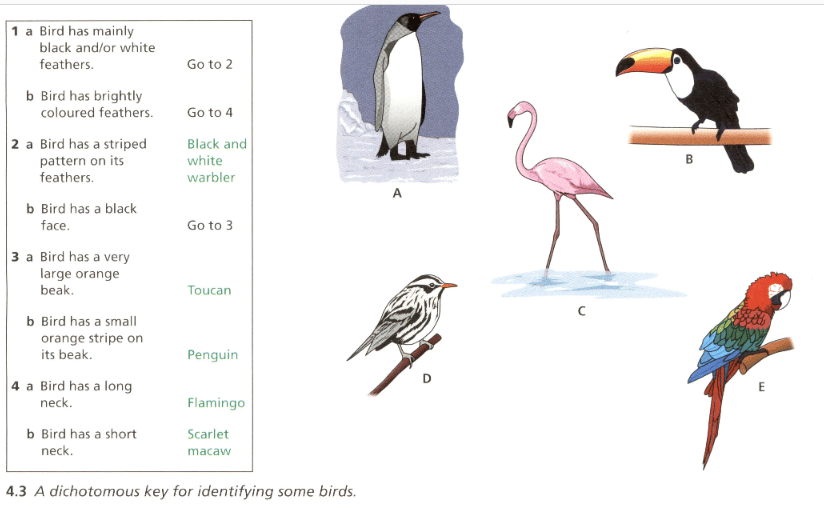Lucy Hawkins, Fran Eardley, Stuart Lloyd and, Gemma Young Solutions for Chapter: Variation and Inheritance, Exercise 2: Exercise 2
Lucy Hawkins Science Solutions for Exercise - Lucy Hawkins, Fran Eardley, Stuart Lloyd and, Gemma Young Solutions for Chapter: Variation and Inheritance, Exercise 2: Exercise 2
Attempt the free practice questions on Chapter 4: Variation and Inheritance, Exercise 2: Exercise 2 with hints and solutions to strengthen your understanding. Cambridge Lower Secondary Science Stage 9: Student's Book solutions are prepared by Experienced Embibe Experts.
Questions from Lucy Hawkins, Fran Eardley, Stuart Lloyd and, Gemma Young Solutions for Chapter: Variation and Inheritance, Exercise 2: Exercise 2 with Hints & Solutions
Identify invertebrates B to F using the key in figure 4.2
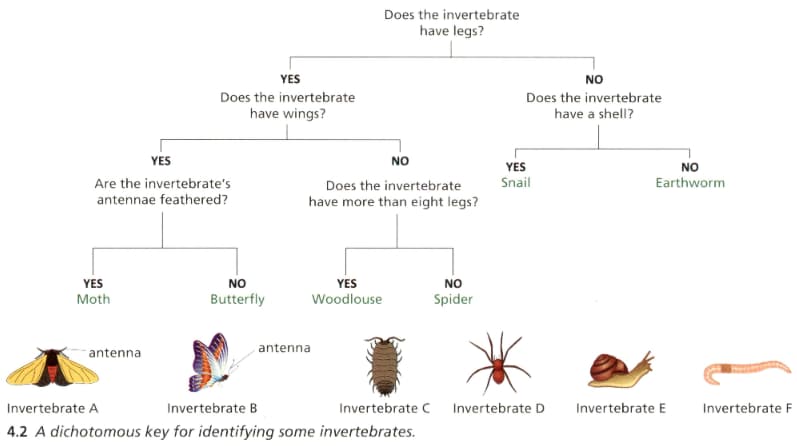
You find a new invertebrate with six legs and wings, and antennae that look smooth.
Your classmate says it has to be a butterfly. Do you agree? Explain your answer.
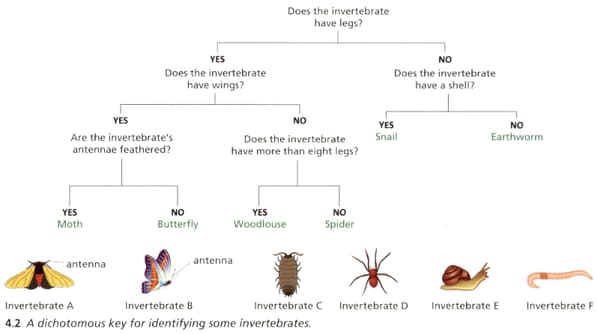
Use the key in figure 4.3 to answer these questions. 'Which' bird (A to E) is a toucan.
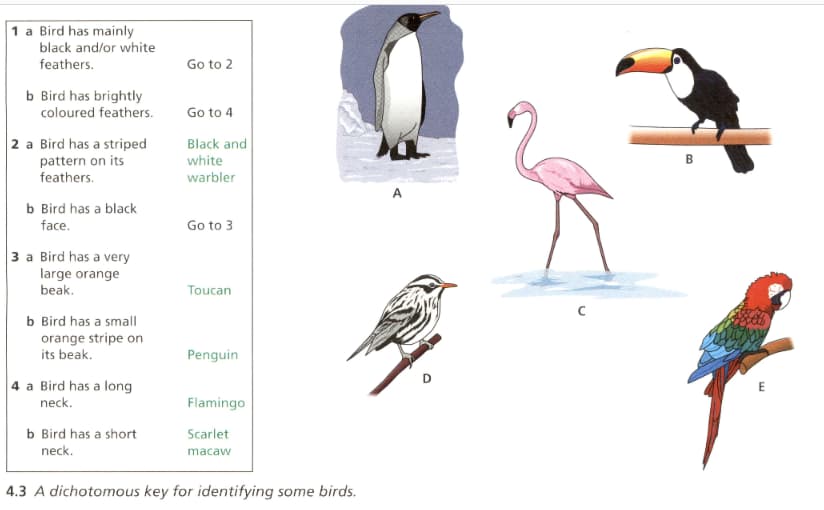
Use the key in figure 4.3 to answer these questions.
Which bird (A to E) is a scarlet macaw?
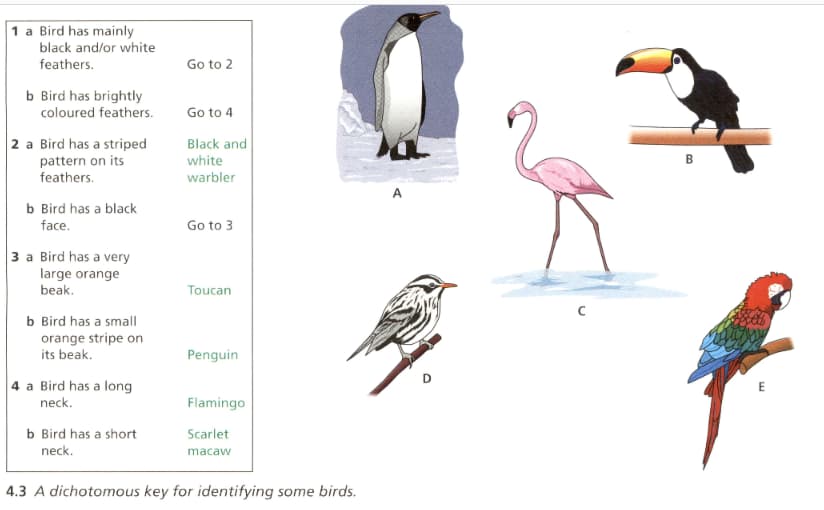
Use the key in figure 4.3 to answer these questions.
What is bird D?
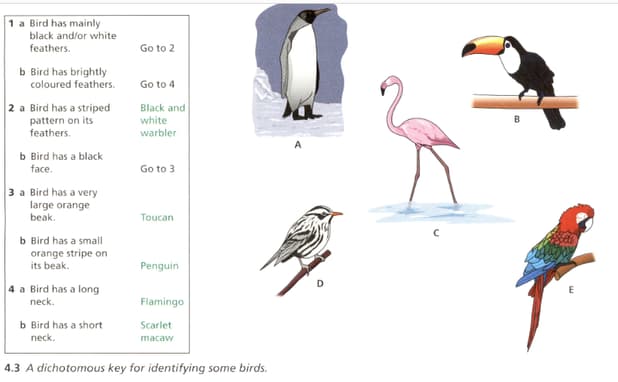
Use the key in figure 4.3 to answer these questions.
What is bird A ?
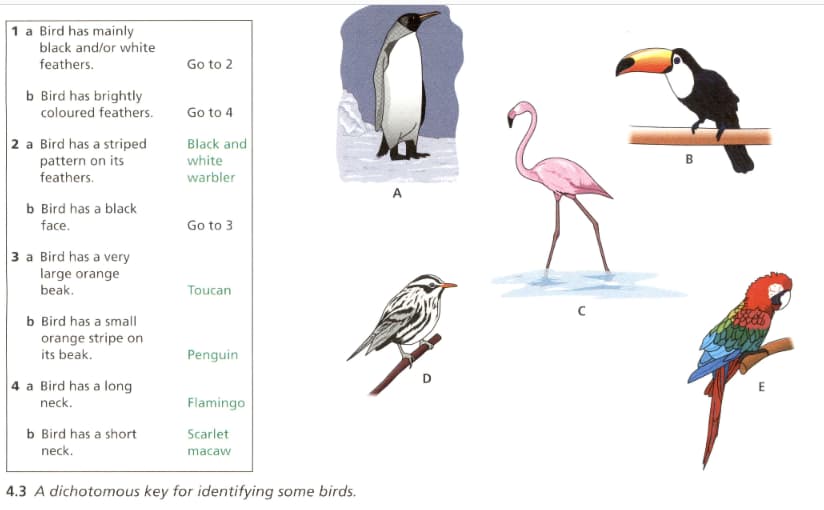
Bird C feeds in shallow lakes and ponds by dipping its beak into the water and filtering out small organisms.
Name this bird.
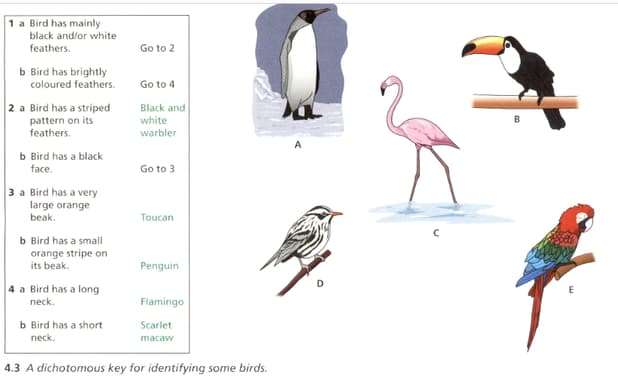
Bird C feeds in shallow lakes and ponds by dipping its beak into the water and filtering out small organisms.
Suggest an adaptation it has for feeding in lakes and ponds.
